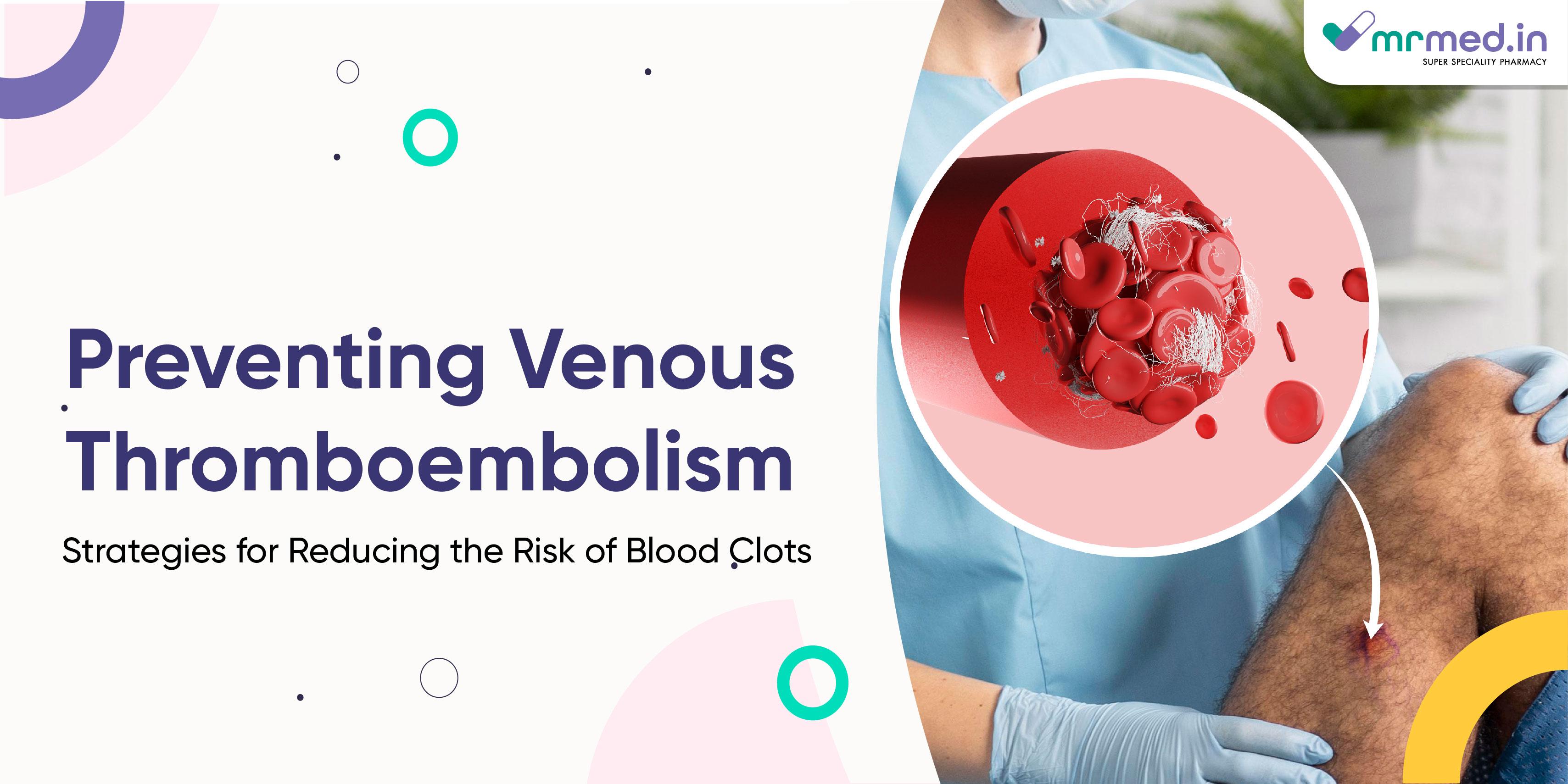Venous thromboembolism is a certain condition in which blood clots form in your veins, leading to blockage and obstruction of blood passage. These clots also travel through the veins of various organs, which causes a serious problem if left untreated. It can occur in any organ system of the body and pose in various types as they occur.
Types of Venous Thromboembolism
- Deep vein thrombosis (DVT): It is a type in which blood clots arise in the veins that are located in limb areas like the lower leg, thighs, calves, pelvis, and sometimes in the upper limb.
- Pulmonary embolism (PM): It is a condition in which the blood clots that occur in the deep veins get loose and travel to the lungs and inhibit the blood flow to the lungs.
Symptoms of Venous Thromboembolism
For patients with Deep vein thrombosis:
- Swelling usually develops in your limbs
- You may experience pain or tenderness in your limbs
- Your veins across the affected area may be more visible with warmness
For patients with venous thromboembolism:
- Sudden onset of shortness of breath
- Sharp chest pain
- Tachycardia and palpitations
- Hemoptysis
- Cyanosis, which indicates poor oxygenation
Risk factors
- People with no movement for a prolonged period, e.g., flight travels. Bed rest after surgeries are at increased risk of developing blood clots across their veins.
- Some surgeries that involve the lower limb raise your chance of getting DVT and PE.
- Being obese puts increased pressure on the veins and makes you more prone to DVT and PE.
- Various medical conditions like heart disease, cancer, and clotting disorders increase your chance of developing the disease.
Treating VTE
1. Anticoagulant Therapy:
Anticoagulant medicines, like heparin and low-molecular-weight heparin, are commonly used to prevent the enlargement of preformed blood clots and the occurrence of new clots.
Anticoagulants like Eliquis 5mg tablets contain the active ingredient apixaban. It is used to prevent deep vein thrombosis (blood clots in the veins of your legs), which may lead to pulmonary embolism (clots occurring in the blood vessels of your lungs) in patients who have undergone hip or knee replacement surgery.
2. Thrombolytic Therapy:
This treatment is reserved for life-threatening situations, such as massive pulmonary embolism (PE) or extensive deep vein thrombosis (DVT).
3. Surgery:
Surgical techniques are considered if the therapeutic approaches become ineffective, and in severe cases, the need for surgery is mandatory. Certain surgical techniques are widely used, such as:
- Thrombectomy
- Venous bypass surgery
Preventive strategies
Implementing preventive measures is vital for decreasing the significant health risks posed by Venous Thromboembolism, which includes deep vein thrombosis and pulmonary embolism. Here's how:
- Encourage early mobilization after surgery or prolonged periods of immobility to prevent blood stagnation in the veins.
- Use graduated compression stockings to improve blood flow in the legs. This reduces the risk of DVT.
- You are advised to quit smoking because it will increase the risks of blood clotting and make you more prone to complications.
- It is advised to maintain a healthy weight to reduce the stress on your limbs, which helps to prevent obesity-related venous thromboembolism.
- Patients must stay informed and educated about the signs of VTE and are advised to consult the doctor in case of any disease occurrence.
- Patients should drink plenty of water because dehydration can thicken blood and raise the risk of blood clots. Sufficient hydration promotes normal blood circulation and viscosity.
- Supportive measures, such as pain management, leg elevation, and mobility exercises, can help alleviate symptoms and improve patient comfort.
- You should engage in regular physical activities such as walking, cycling, or swimming based on your preference to stay healthy. These activities promote blood flow and reduce the risk of clotting.
Conclusion
Effective preventive measures need to be taken into consideration and followed to minimize the complications of VTE. A routine examination with a healthcare provider is to be made regularly to monitor your condition.
